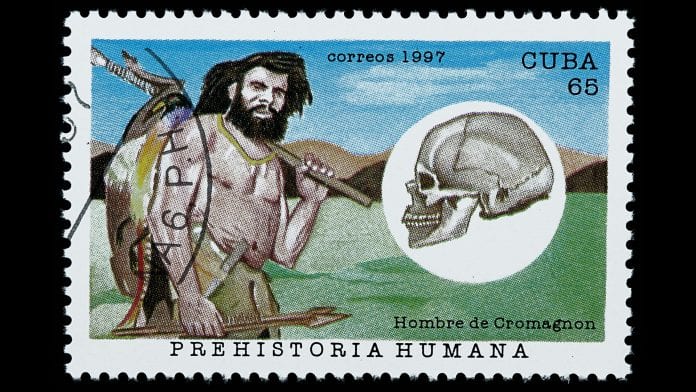
The 3.67 million-year-old brain of our ancient human relative hominin, otherwise known as Little Foot, reveals a vascular system like humans.
MicroCT scans of the Australopithecus hominin fossil known as Little Foot shows that the brain of this ancient human relative was small and displays features that are similar to our own brain and aspects of its vascular system is similar to ours also.
Peering into the skull of the hominin, Little Foot
The Australopithecus fossil named Little Foot, an ancient human relative, was excavated over 14 years from the Sterkfontein Caves in South Africa, by Professor Ronald Clarke, from the University of the Witwatersrand (Wits), South Africa.
Its brain endocast was virtually extracted, described and analysed by Wits researcher, Dr Amélie Beaudet, and the Sterkfontein team by using MicroCT scans of the fossil.
While the brain features of Little Foot is similar to modern humans, such as an asymmetrical structure and pattern of middle meningeal vessels, aspects of its critical areas such as an expanded visual cortex and reduced parietal association cortex are different than humans.
The scans reveal impressions left on the skull by the brain and the vessels that feed it, along with the shape of the brain.
Beaudet explains: “Our ability to reconstruct features of early hominin brains has been limited by the very fragmentary nature of the fossil record.
“The Little Foot endocast is exceptionally well preserved and relatively complete, allowing us to explore our own origins better than ever before.”
The endocast showed that Little Foot’s brain was asymmetrical, with a distinct left occipital petalia. Brain asymmetry is essential for lateralisation of brain function.
Asymmetry occurs in humans and living apes, as well as in other younger hominin endocasts.
Little Foot now shows us that this brain asymmetry was present at a very early date (from 3.67 million years ago) and supports the argument that it was probably present in the last common ancestor of hominins and other great apes.
But the hominin may be similar to chimpanzees too
“In human evolution, when know that a reduced visual cortex, as we can see in our own brain, is related to a more expanded parietal cortex – which is a critical cerebral area responsible for several aspects of sensory processing and sensorimotor integration,” says Beaudet.
“On the contrary, Little Foot has a large visual cortex, which is more similar to chimpanzees than to humans.”
The study also highlighted the vascular system in Australopithecus was more complex than previously thought, which raises new questions on the metabolism of the brain during this period of time.
The vascular system of Little Foot
This might be consistent with a previous hypothesis suggesting that the endocranial vascular system in Australopithecus was closer to modern humans than it was in the geologically younger Paranthropus genus.
“This would mean that even if Little Foot’s brain was different from us, the vascular system that allows for blood flow (which brings oxygen) and may control temperature in the brain – both essential aspects for evolving a large and complex brain – were possibly already present at that time,” adds Beaudet.
Little Foot’s brain suggests that younger hominins evolved greater complexity in certain brain structures over time.
Given its geological age of over 3 million years, such evolutionary changes were perhaps in response to increasing environmental pressures experienced after 2.6 million years ago with continuing reduction in closed habitats.
“Such environmental changes could also potentially have encouraged more complex social interaction, which is driven by structures in the brain,” says Beaudet.







